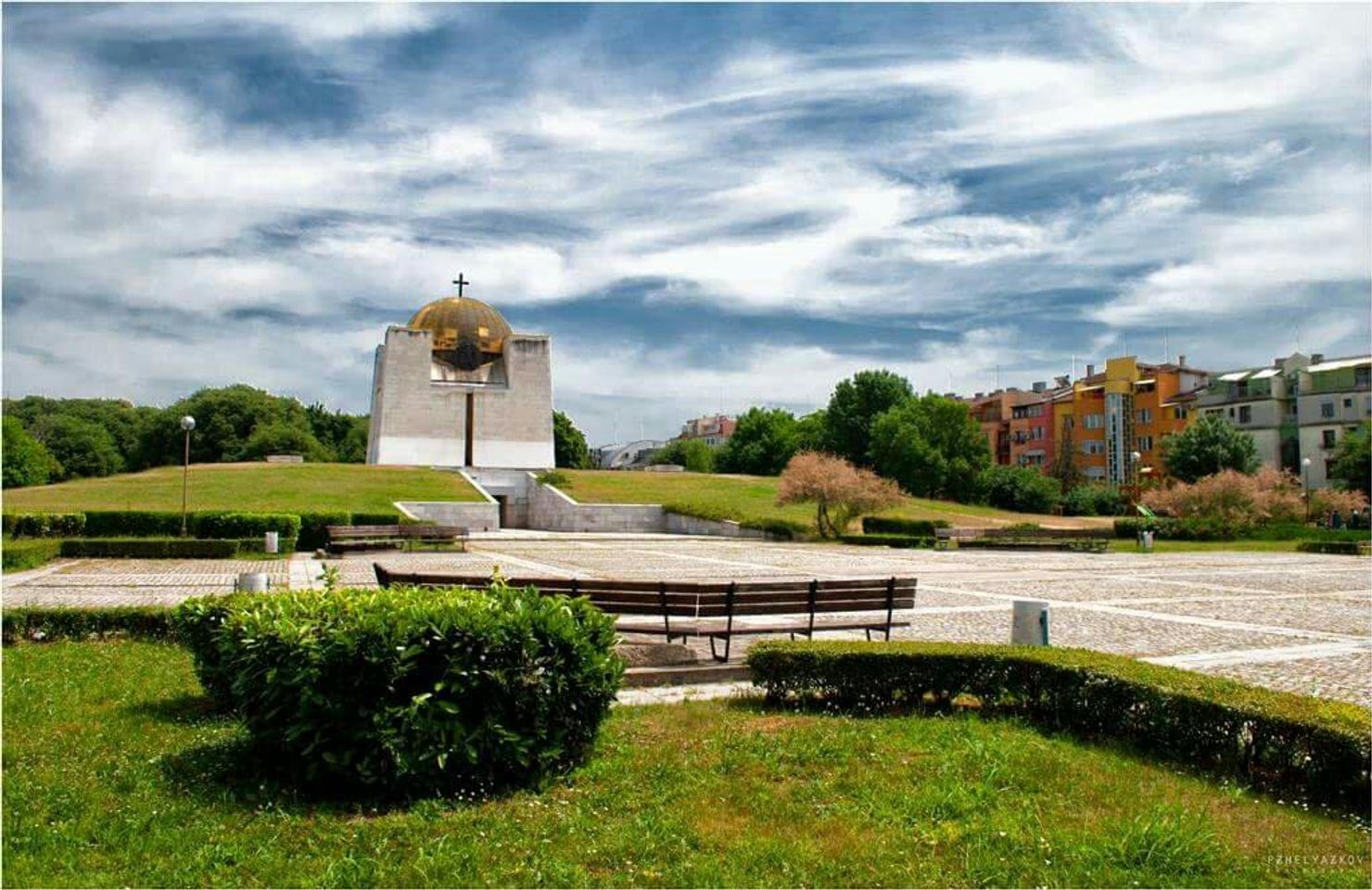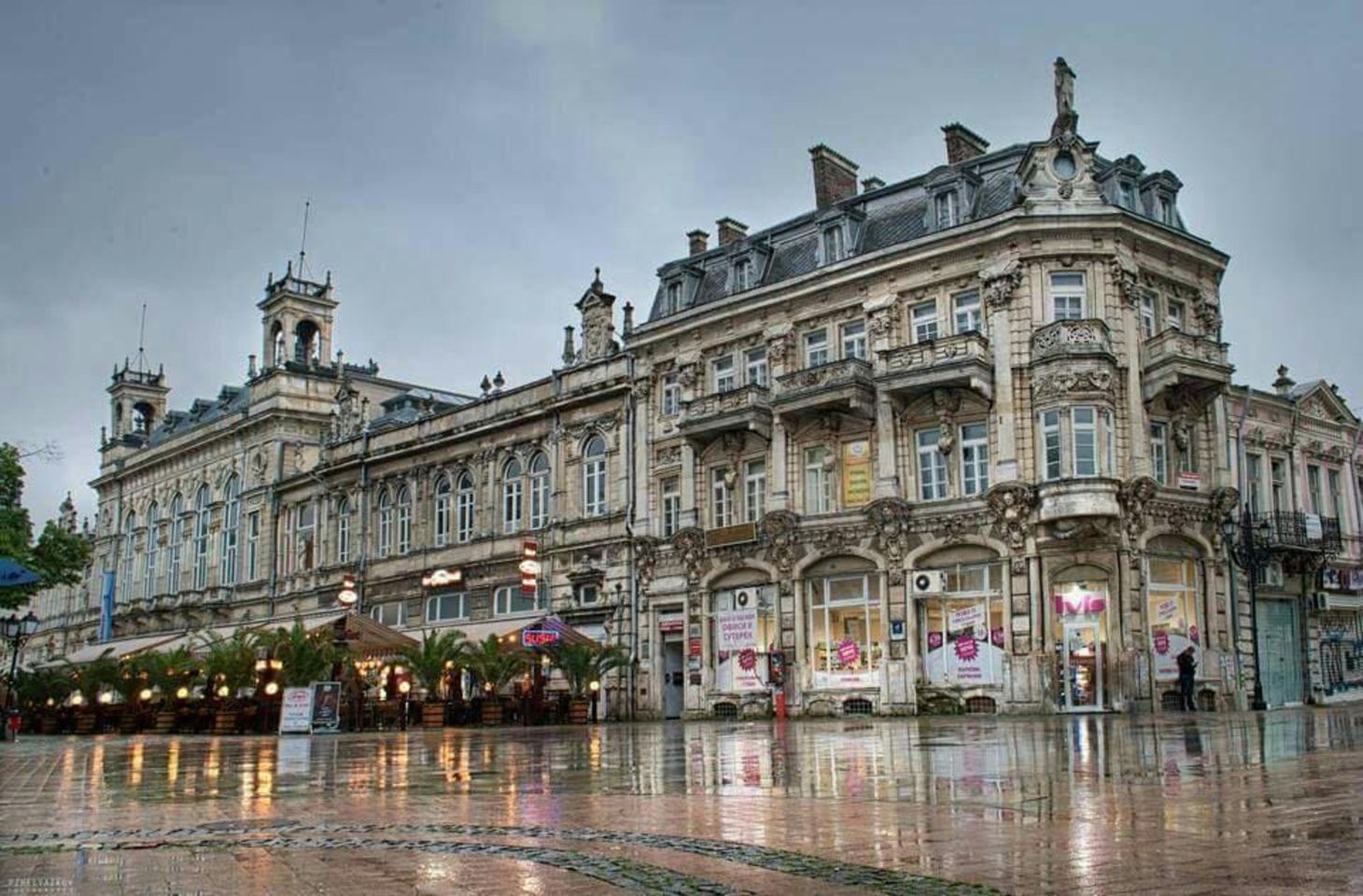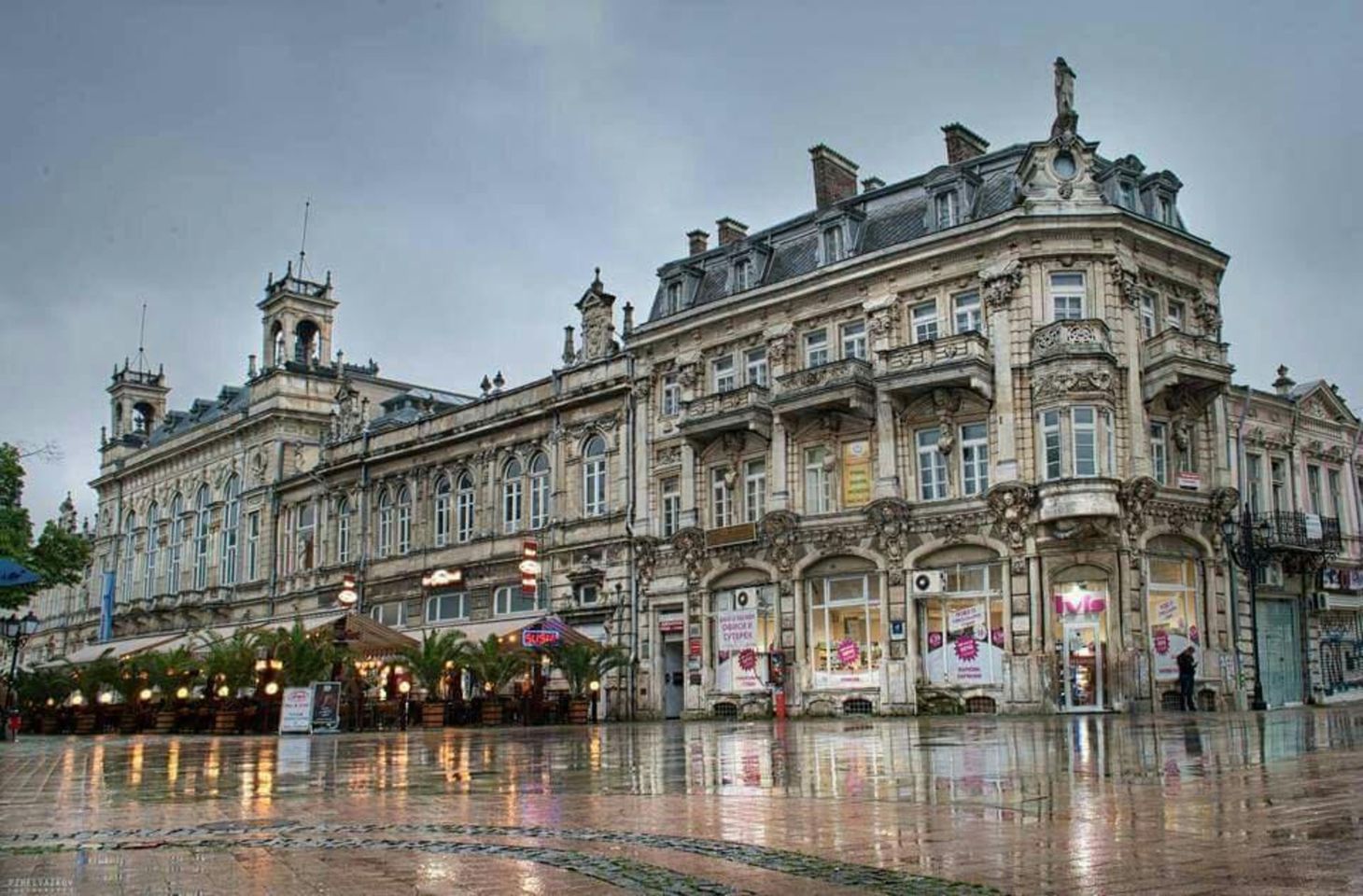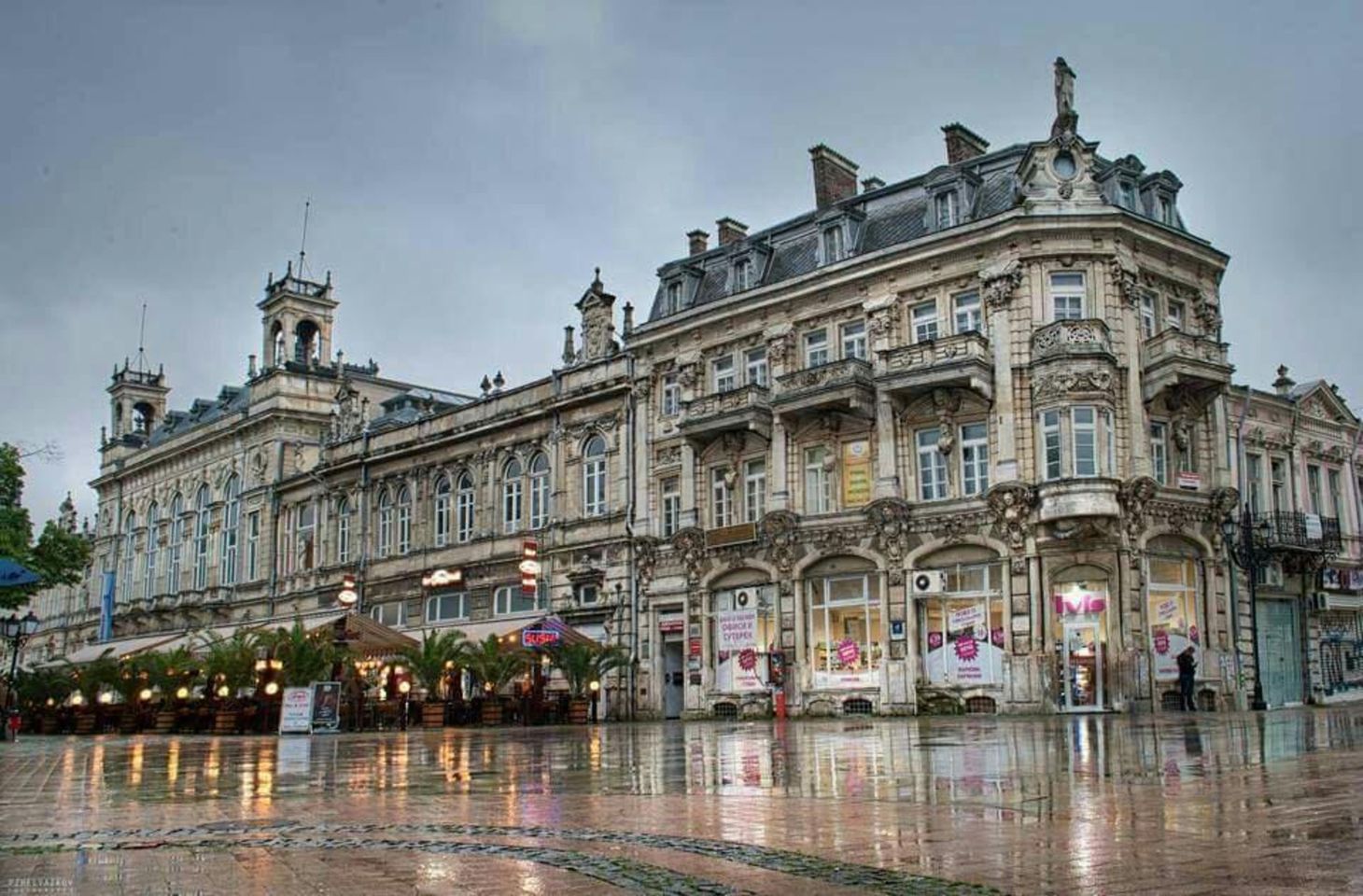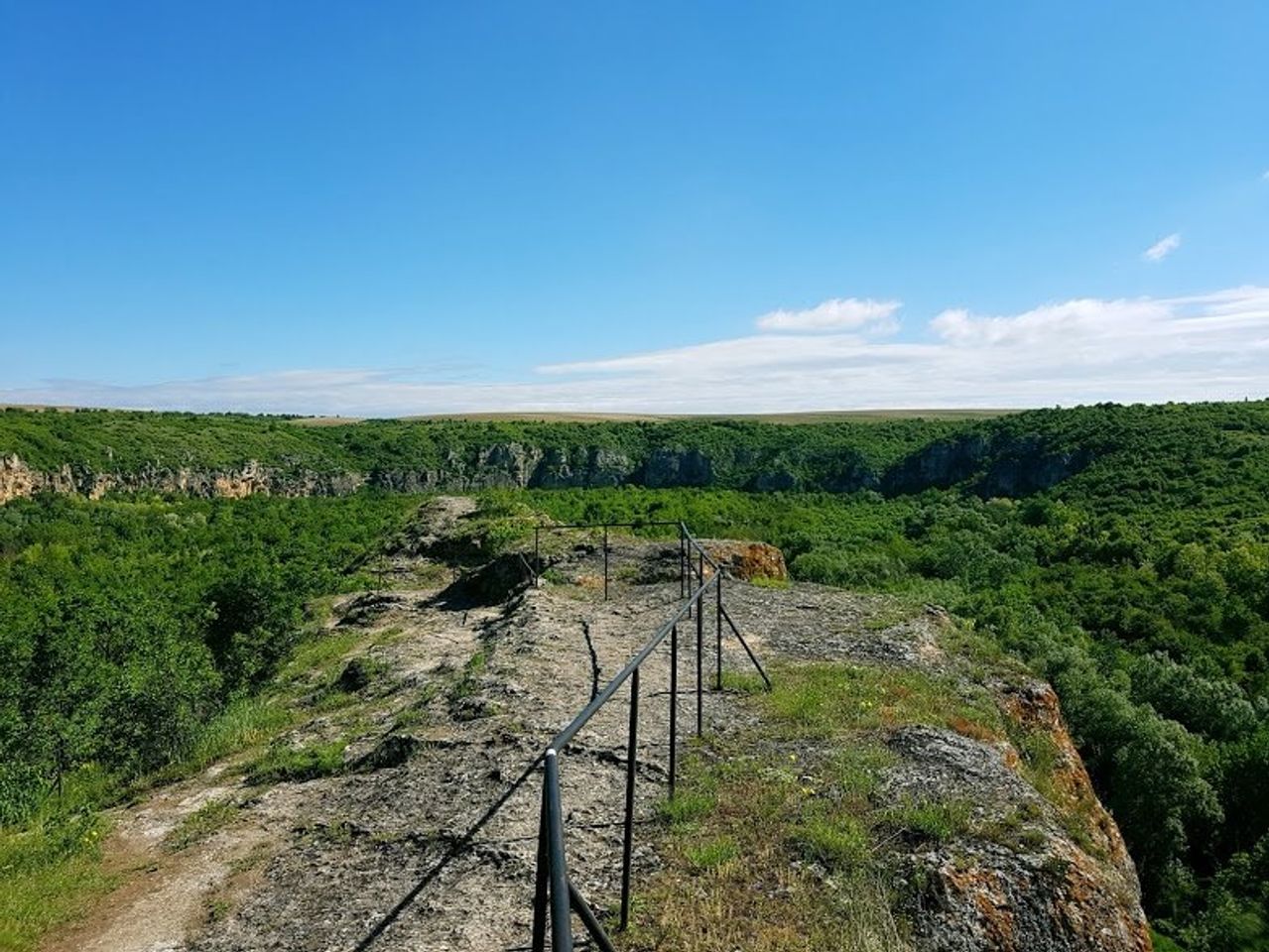Discovering the Hidden, European Sister of Lady Liberty
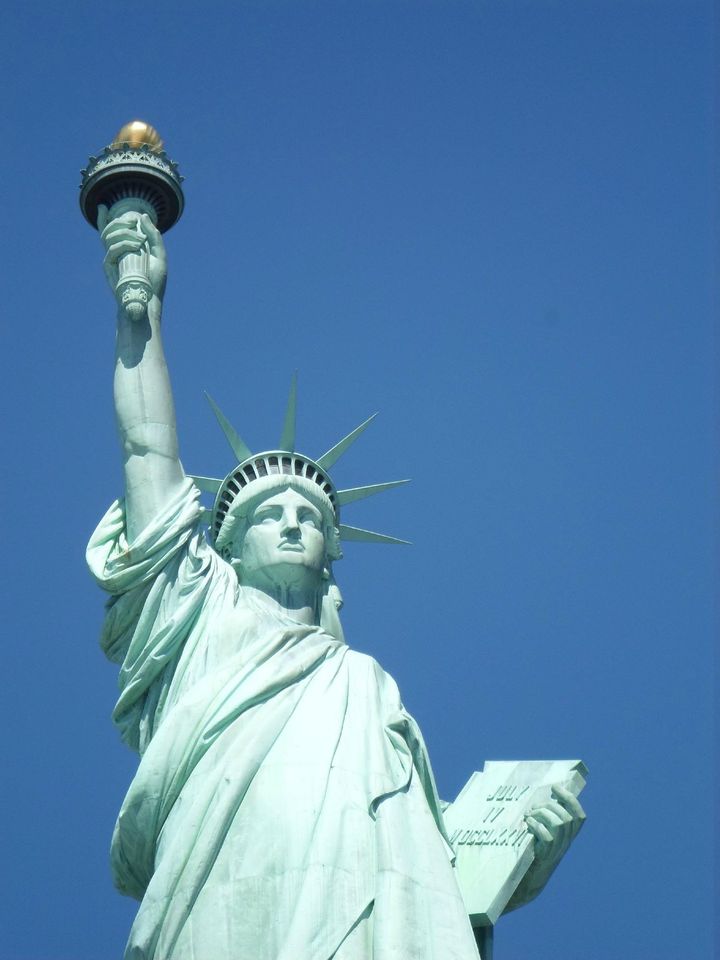
The Statue of Liberty is an iconic symbol that has been internationally recognized as a symbol of freedom. However, unbeknownst to many, there’s a smaller version of the Statue of Liberty in the Bulgarian city of Ruse. The statue was erected in 2007 and is a replica of the original Statue of Liberty in New York City. It’s impressive to see how this replica has become a beloved attraction in the city, despite its controversial history and the ironic political situation we find ourselves in.
At first glance, the Statue of Liberty in Ruse may seem like a mere imitation of the original. But upon closer inspection, we discover that it’s more than just a replica. This monument has a unique history of its own, being a gift from a Bulgarian-American businessman to the city of Ruse. The statue stands as a symbol of the strong ties between Bulgaria and the United States, and as a reminder of the power of freedom, independence, and democracy in our world today.
Despite its intended message, the Statue of Liberty in Ruse has faced criticism from many residents for its location and the history behind its erection. In light of these criticisms, we have to ask ourselves, why does this statue hold such importance, and what does it represent beyond our political affiliations and beliefs? Click here to access the complete city guide for Ruse.
History and architecture of the statue
As we approach the Statue of Liberty in Ruse, Bulgaria, we cannot help but marvel at the grandeur and majesty of this iconic monument. The statue stands proudly on a tall pedestal, with her arm outstretched and a torch held high, symbolizing freedom and hope. But did you know that there is much more to this statue than just its symbolism?
The history and architecture of the Statue of Liberty are equally fascinating and awe-inspiring. The statue was designed by the French sculptor Frédéric Auguste Bartholdi and was gifted to the United States by the people of France in 1886. The statue is made of copper sheets, which were carefully hammered into shape by artisans and then assembled around a steel framework. The pedestal was designed by American architect Richard Morris Hunt and is made of granite and concrete.
As we stand in front of this magnificent masterpiece, we cannot help but appreciate the skill and effort that went into its creation. The history and architecture of the Statue of Liberty are a testament to human ingenuity and the spirit of freedom. Visiting this monument is not just a tourist attraction, but a chance to reflect on the values and beliefs that it represents.
Significance and meaning behind the statue
When visiting The Statue of Liberty in Ruse, Bulgaria, one cannot help but feel a sense of awe and wonder at the grandeur of this iconic structure. But beyond its impressive size and stature, we must also take a moment to reflect on the deeper significance and meaning behind the statue.
For us, The Statue of Liberty represents the enduring human desire for freedom and liberty. It serves as a poignant reminder that even in the face of adversity, we can overcome and make our mark on history. It is a symbol of hope and inspiration, reminding us that no matter how daunting the challenges, we must always strive to uphold our values and fight for what is right.
Furthermore, The Statue of Liberty is a testament to the strength and power of art. It stands as a testament to the enduring legacy of artists and creatives throughout history, whose works have left an indelible mark on our collective consciousness. As such, we must always support and celebrate the arts, recognizing their crucial role in shaping and defining our culture and society.
Public access and tourism at the statue site
When visiting the Statue of Liberty in Ruse, Bulgaria, you may notice the impact of tourism on the iconic site. As the number of visitors increases, so does the need for public access to the statue. While we understand the importance of tourism to the local economy, we also believe that preserving the integrity of the statue should be a top priority.
As an expert in tourism and heritage preservation, we suggest implementing measures that would balance the economic benefits of tourism with the need to protect the statue. For instance, instead of allowing visitors to have unrestricted access to the statue, the local authorities could restrict the number of visitors allowed to climb the statue each day. This would minimize the risk of damage to the statue and preserve its historical significance for future generations to appreciate.
In conclusion, we acknowledge the crucial role that tourism plays in the development of Ruse’s economy. However, we also urge the local authorities to prioritize the preservation of the Statue of Liberty by implementing measures that would ensure public access to the site while preserving its historical significance for generations to come.
Conclusion
In conclusion, the Statue of Liberty in Ruse, Bulgaria, is a symbol of hope and liberty for a nation that values its historical ties with the United States. The statue not only represents the ideals of democracy and freedom but also highlights the cultural and diplomatic ties between the two countries.
As visitors approach the statue, it is hard not to feel the powerful emotion it elicits. The statue stands as a beacon of hope and serves as a reminder of the progress and freedom that can be achieved when we work together towards common goals. We can learn so much from this statue and from the shared history of Bulgaria and the United States.
The Statue of Liberty in Ruse, Bulgaria, is more than just a landmark; it is a tribute to the enduring values of humanity, democracy, and freedom. It is a reminder of our shared heritage, and a symbol of hope for a brighter future. Indeed, this statue is a testament to the power of human will and determination to preserve the values that make our world a better place.

